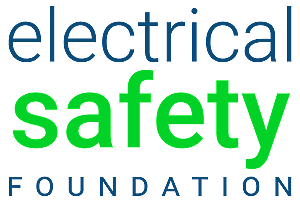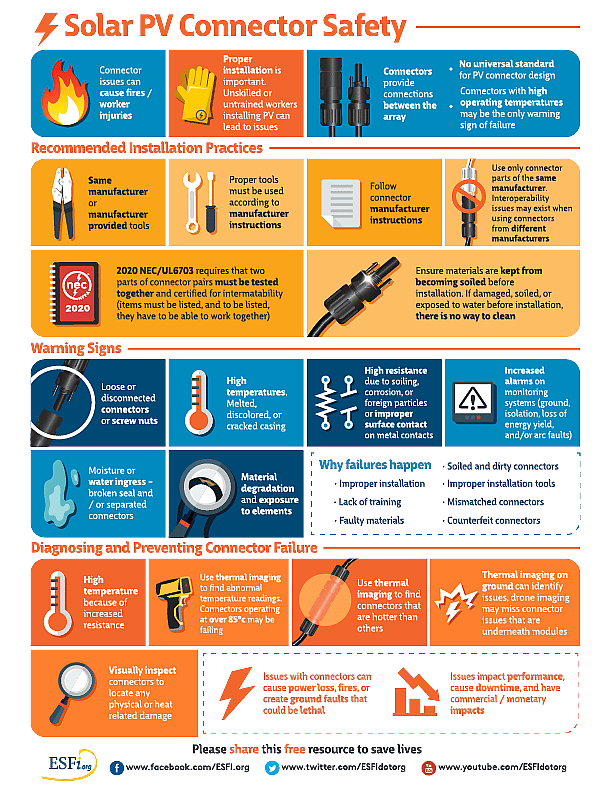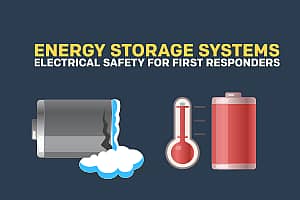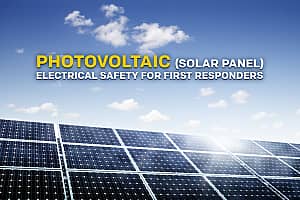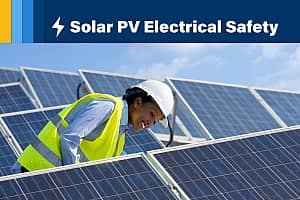Connector issues can cause fires and worker injuries. Proper installation is important. Unskilled or untrained workers installing photovoltaics (PV) can lead to issues. Connectors provide connections between the array. There is no universal standard for PV connector design. Connectors with high operating temperatures may be the only warning sign of failure.
Recommended Installation Practices
- Use same manufacturer or manufacturer provided tools
- Proper tools must be used according to manufacturer instructions
- Follow connector manufacturer instructions
- Use only connector parts of the same manufacturer. Interoperability issues may occur when using connectors from different manufacturers
- 2020 NEC UL6703 requires that two parts of connector pairs must be tested together and certified for intermatability (items must be listed and to be listed, they have to be able to work together)
- Ensure materials are kept from becoming soiled before installation. If damaged, soiled, or exposed to water before installation, there is no way to clean them
Warning Signs
- Loose or disconnected connectors or screw nuts
- High temperatures. Melted, discolored, or cracked casing
- High resistance due to soiling, corrosion, or foreign particles or improper surface contact on metal contacts
- Increased alarms on monitoring systems (ground, isolation, loss of energy yield, and/or arc faults)
- Moisture or water ingress 0 broken seal and / or separated connectors
- Material degradation and exposure to elements
- Why failures happen:
- Soiled and dirty connectors
- Improper installation
- Lack of training
- Faulty materials
- Improper installation tools
- Mismatched connectors
- Counterfeit connectors
Diagnosing and Preventing Connector Failures
- High temperature become of increased resistance
- Use thermal imaging to find abnormal temperature readings. Connectors operating over 85° c may be failing
- Use thermal imaging to find connectors that are hotter than others
- Thermal imaging on ground can identify issues, drone imaging may miss connector issues that are underneath modules
- Visually inspect connectors to locate any physical or heat related damage
- Issues with connectors can cause power loss, fires, or create ground faults that could be lethal
- Issues impacts performance, cause downtime, and have commercial / monetary impact
